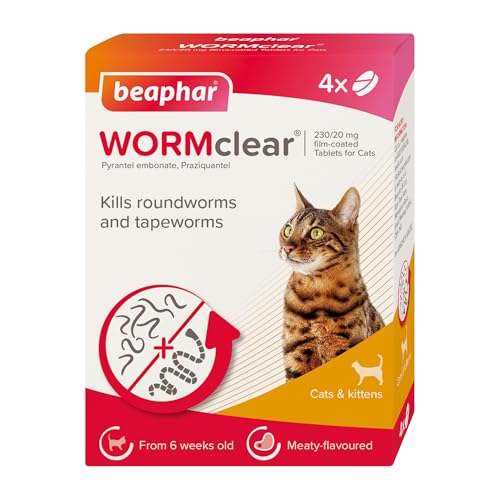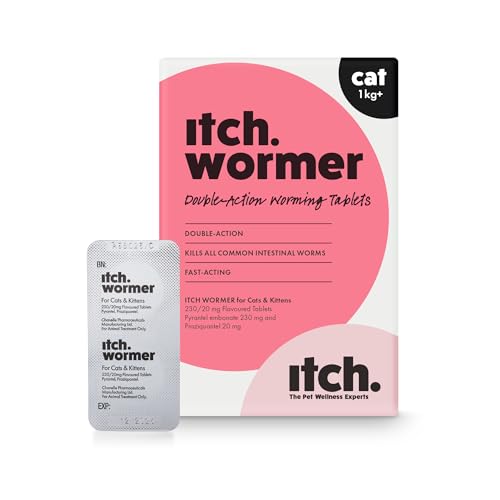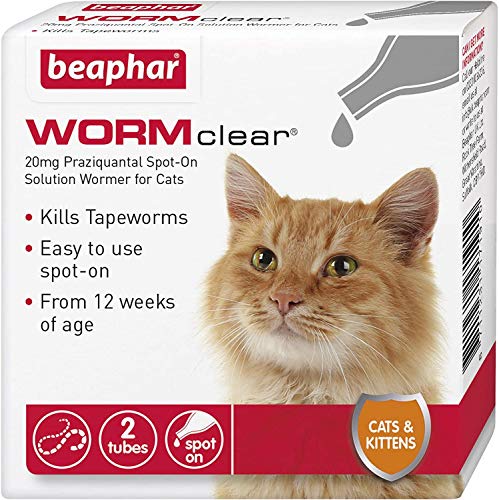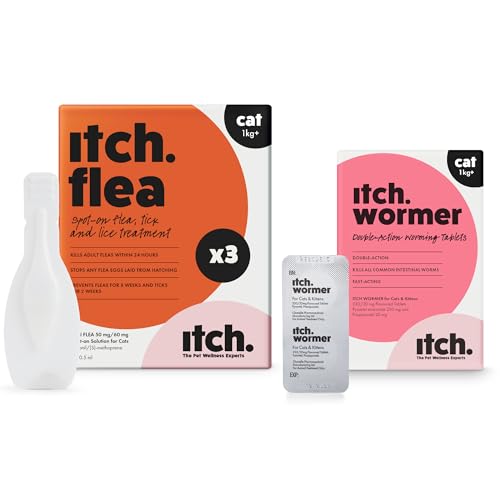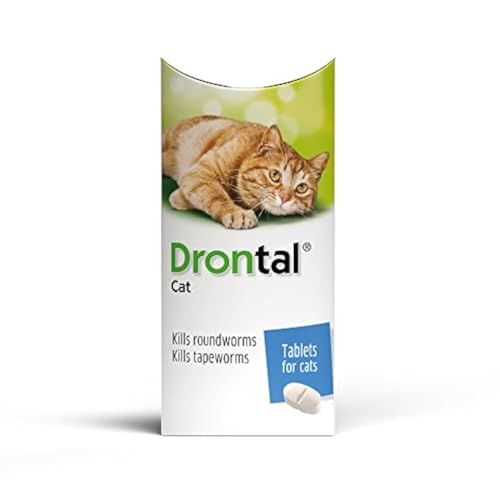Understanding Worms in Cats: Why Treatment is Necessary
The Impact of Worm Infestation
Worms are more than just a nuisance for our feline friends; they can lead to serious health issues. Common types of worms in cats include roundworms, tapeworms, and hookworms. These parasites can result in weight loss, poor coat condition, and in severe cases, life-threatening conditions. Recognising the signs, such as vomiting, diarrhoea, or lethargy, is crucial. By understanding these implications, we see that timely treatment is essential to ensure our cats lead healthy lives.
Why Prompt Treatment Matters
When we notice our cats showing symptoms associated with worms, it’s vital to act swiftly. Delaying treatment can allow the infestation to worsen, impacting their overall health and immune system. For instance, a heavy roundworm infection can block the intestines, causing severe complications. Therefore, taking proactive steps not only protects our pets but also prevents potential spread of these parasites.
Types of Worm Treatments Available for Cats
Oral Medications
One of the most common forms of treatment is oral medication, which comes in tablet or liquid form. These medications are designed to kill adult worms and may require a follow-up treatment to target newly hatched larvae. We often find these easy to administer, especially if our cats enjoy treats they can be hidden in.
Injectable Treatments
For some situations, particularly when oral medications aren’t an option, veterinarians may recommend injectable treatments. These are effective and can quickly deliver the medication into the bloodstream. This method can be more suitable for cats that are ill or feisty, making it easier for us to ensure they receive the treatment they need.
Specialised Treatments for Specific Worms
In cases where a specific type of worm is identified, such as tapeworms, we may need to pursue specialised treatments that target these parasites directly. Products working solely against tapeworms may differ from those targeting roundworms, so being well-informed about the types our cats may face is advantageous.
How to Choose the Right Worm Treatment for Your Cat
Consulting with a Veterinarian
The first step in selecting the right worm treatment should be to consult a veterinarian. They can accurately diagnose the type of worms affecting our cat and recommend the most effective treatment. This professional guidance is invaluable in ensuring that we choose a product tailored to our cat’s specific needs.
Reading Product Labels Carefully
As we explore different options, careful reading of product labels is crucial. We need to look out for the active ingredients, as well as any instructions regarding the cat’s age, weight, and any potential side effects. Understanding these details ensures we are choosing a safe option for our furry friends.
Considering Your Cat’s Lifestyle
It’s also essential to consider our cat’s lifestyle when choosing a treatment. Indoor cats may require different treatments compared to those that roam outside. For cats that frequently come into contact with other animals, we should ensure the chosen treatment provides broad-spectrum protection against multiple types of worms.
Administering Worm Treatment: Tips for Success
Creating a Calm Environment
When it’s time to administer the treatment, we must create a calm environment. Reducing stress can make the process smoother for us and our cats. Choosing a quiet area free from distractions will help ease our cat into accepting the treatment.
Using Food to Our Advantage
One effective method is to mix oral medication into our cat’s favourite food. This tactic often makes them more willing to ingest the medication without fuss. If using treats, ensure they are small enough for our cat to consume entirely, ensuring they receive the full dosage.
Observing for Side Effects
After administering treatment, it’s important to observe our cats for any side effects. While most reactions are mild, such as slight lethargy or changes in appetite, if we notice anything unusual—especially severe reactions—we should consult with the veterinarian immediately.
Post-Treatment Care: Maintaining Your Cat’s Health
Monitoring Your Cat’s Recovery
Following treatment, it’s essential to monitor our cat’s recovery. We should observe their behaviour, eating habits, and overall energy levels. A gradual return to normal behaviour indicates that treatment worked and our cats are regaining their health.
Maintaining a Regular Deworming Schedule
To protect our cats from future infestations, we recommend establishing a regular deworming schedule based on veterinary advice. This proactive approach helps us maintain their health and prevents worms from taking hold again. Depending on their lifestyle, this might mean quarterly treatments or as recommended by the vet.
Enhancing Their Environment
It’s beneficial to enhance our cats’ environment during the recovery process. Ensuring they have a clean litter box, plenty of fresh water, and high-quality food can bolster their immune system and overall health. Additionally, reducing their exposure to potentially contaminated areas can help prevent re-infestation.
